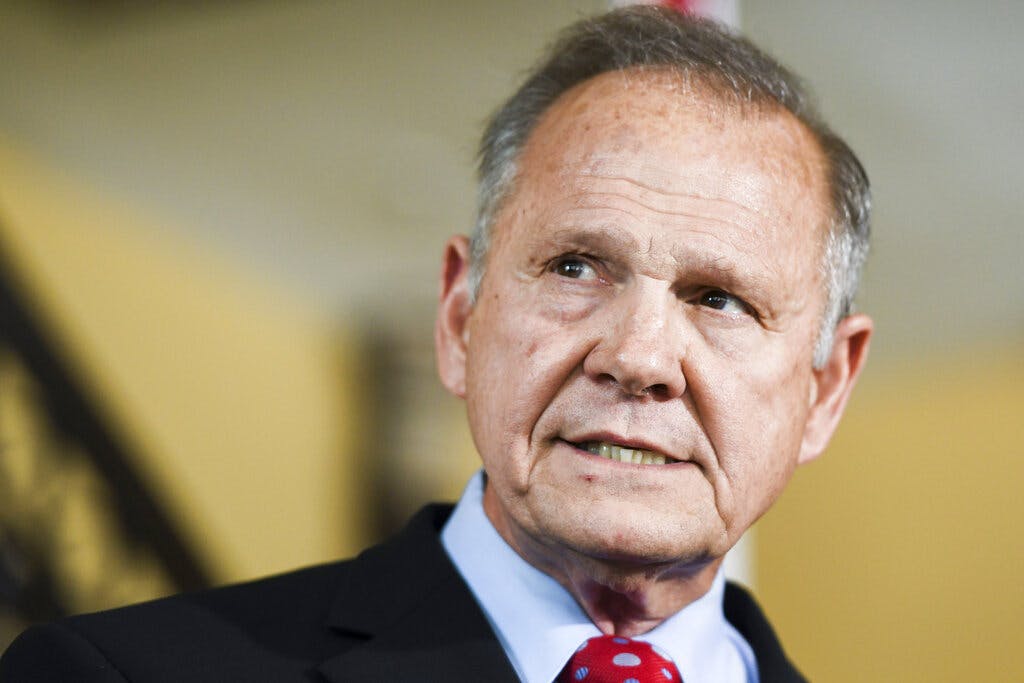The New ‘Voter Suppression’ — Locking Independents Out of Primaries
Limiting primary participation to party members rewards extremists on both sides — and has hurt Republicans.

You wouldn’t think that a group of Republicans in Southern states would want to emulate the election laws in New York. But that’s exactly what could happen in Alabama, Georgia, Missouri and Tennessee. Efforts are underway in all to join New York in making primary elections “closed” to independent voters.
Primary elections matter more than ever — and primaries which are closed to “non-affiliated” voters may appeal to those who favor the most doctrinaire candidates. But because, as Senator McConnell notes, “candidate quality” matters greatly in November, low-turnout primaries dominated by the party faithful risk choosing those who can’t win a general election.
Alabama has already seen just such a scenario, when, in 2017, a former United States Attorney, Doug Jones, won a special Senate election over the state’s chief justice, Roy Moore, who faced allegations of sexual assault. Yet legislation there would bar independent voters from primary voting participation.
Republicans in closed-primary Delaware saw QAnon-associated candidate Lauren Witzke go down to defeat in the general election in 2020.
The question of who should be permitted to vote in primary elections goes beyond the “candidate quality” issue, however. As the ability of organized parties to select electable candidates has declined, so, too, has the number of independent voters increased. Limiting primary participation becomes a constraint on the democratic process.
Liberals may jump to criticize red states for doing so. But they are actually following the example of New York state, where there are more independent voters than Republicans. What’s more, those who might want to choose a party must, by law, do so the February before a June primary.
New York City has adopted the allegedly progressive “ranked-choice” voting system — but retained its closed mayoral primary. As a result, during the 2021 mayoral election, ultra-leftist candidate Maya Wiley came uncomfortably close to defeating Brooklyn’s borough president, the relatively anti-crime moderate, Eric Adams, who won by just 7,000 votes.
The question of how to structure primary elections sharply divides the states. Twenty-four states permit non-affiliated voters to cast ballots in primaries. Nine states — including President Biden’s home state of Delaware — exclude them. California and Washington have ditched party primaries altogether — in favor of a preliminary vote which chooses two finalists for November.
Those with strong policy and cultural views may, understandably, prefer closed primaries from which their standard-bearers have a better chance to emerge. Whether such candidates are electable will be put to a test in November, with majorities in the House and Senate hanging in the balance.
This is not a call for an end to strong political parties. Parties can and should endorse and promote candidates and platforms — and be permitted to spend freely in those efforts, no matter the primary election structure.
Yet a more open primary system — one that permits independents to vote but not members of the opposition party, say — would be a recognition of electoral reality. As recently as 1992, there were more Democrats than independents. The non-affiliated now outnumber those enrolled in either party nationally — and include 43 percent of the electorate.
Democrats like to preen about conservative efforts aimed at “voter suppression.” Yet closed primaries in New York, Pennsylvania, Maryland, and Delaware also aim to exclude. Red state Republicans — at least those who want to win — would be wise not to follow those examples.
________________
Correction: Washington State no longer has party primaries; Oregon has a closed primary. An earlier edition misstated the status of primaries in those states.

